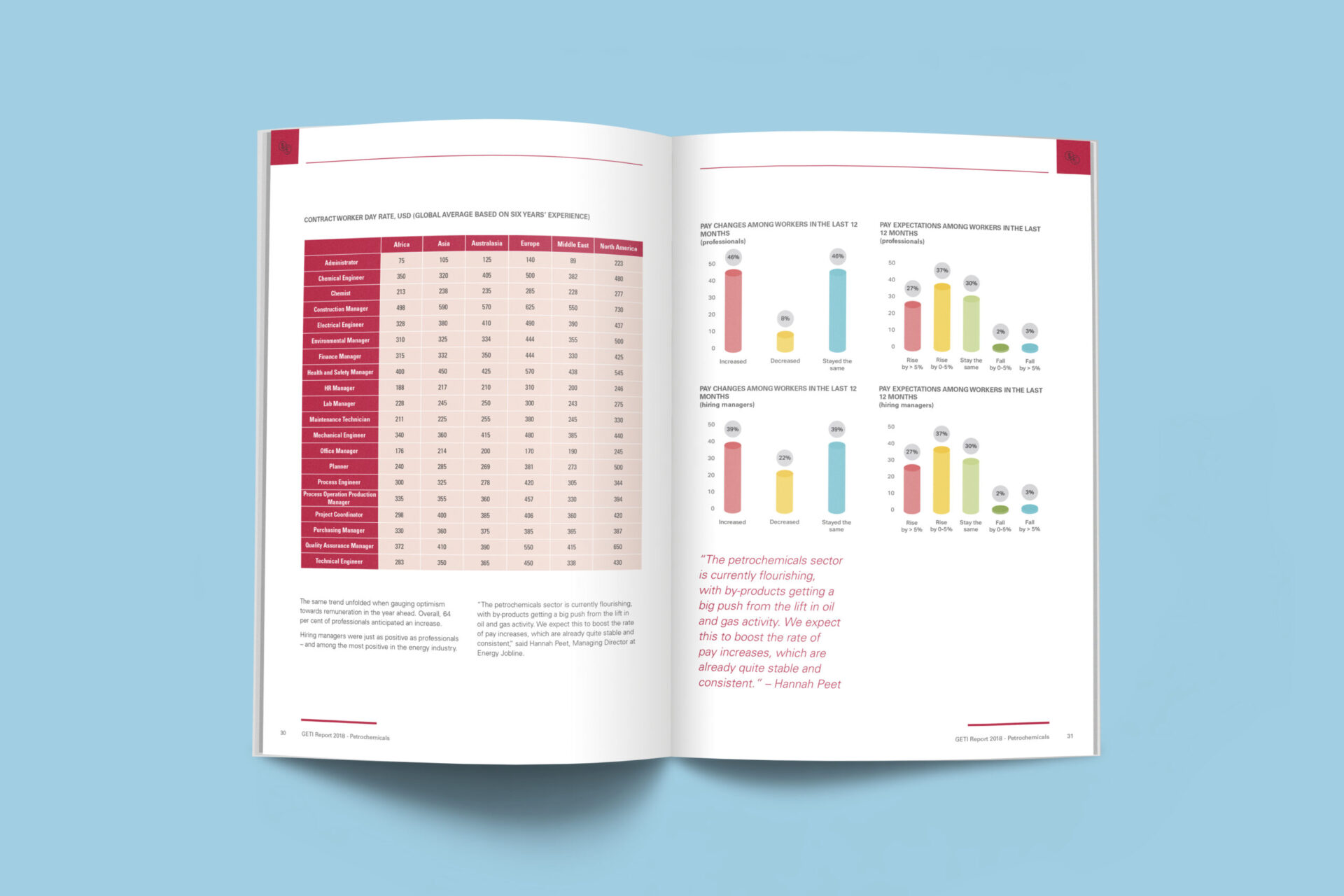Judging the time to strike: newsjacking for maximum impact

By Garry Dix, technology PR account director
The term “newsjacking” is one synonymous with PR, but often not well known outside of the industry.
Simply put, it’s one of the most efficient ways to get high profile media coverage in a short space of time, so education on the topic is certainly worthwhile. But, at the same time, it needs careful consideration and expertise applied in a very short space of time; there’s method to the madness of jumping onto a breaking story.
What is newsjacking?
To begin with, it’s worth looking at the what the term means. Newsjacking is the practice of offering expert commentary on the topic of a breaking news story.
An example of newsjacking being used in technology PR is with cyber security incidents – any story on a software-breaking bug, attack or ransom will tend to have a few quotes in the piece, giving context and additional details to what has happened and what comes next – those, in the majority, would come from newsjacking.
When should you use newsjacking as a PR tactic?
At its core, the process of newsjacking is straightforward; you spot a story, craft a comment, get approval from the stakeholder, and then send it to the journalists who will be covering the story. In reality, there are several key components that need to be considered – and the consequences can be severe if you ignore them. Before we delve into to specifics of how to carry out successful newsjacking, there is one absolute that should be avoided at all costs: ambulance chasing.
Ambulance chasing is a term that stems from reporters who would shadow ambulances and emergency vehicles from scenes in the hope of capturing the gory details and breaking news concerning a tragedy. When applied to B2B public relations, it works in a very similar way and strong judgement needs to be used.
If a story is too raw, or personal, and corporate comment starts being fired out regarding what those in question did wrong and (heaven forbid) pointing them towards using technology or a service that your brand provides, then that is the scenario where you can find yourself blacklisted or publicly outed by the media.
So, the question always has to be asked at the beginning of the process: does this feel right? If the story contains real human tragedy, then it is often best to strongly ward off stakeholders from wanting to comment, no matter how legitimate the angle is. Sure, your security company may have valid knowledge of an incident which resulted in real-life tragedy, but those in charge of the account and its actions – agency-side or in-house – need to recognise when a comment would be in poor taste and negatively affect the brand.
How to newsjack
These are the key components on how to newsjack from delivering a successful comment on breaking news, from spotting the story to landing coverage:
- Monitor the news: Ensure you have alerts set up on the topics that matter to your brand and have daily news scans organised so your team can sweep for relevant stories that can be used. A key forum for finding news just breaking is also on social media; ensure that you’re following the right journalists and hashtags on Twitter too, as often a breaking story will have a presence on your feed before it is flagged by any alert system.
- Assess and write: Ensure that you have enough of the story details to hand to deliver a comment that can provide real value, then get to work. A comment is often no more than a paragraph and needs to work in a ‘drag and drop’ format, whereby a journalist can take the comment in its entirety and insert it into their story.
- Gain stakeholder sign off: Flag up the news story before you start on the comment – this way, the stakeholder is prepared that something is coming over which needs priority attention. Send over the comment as soon as it’s proofed and ready, alongside context to the story to negate any questions you can foresee.
- Advise and consult: As a comms professional, you need to strike the balance between the messages the brand wants to convey and the information a journalist will want for their story. Work with the stakeholders to gain sign off in a way that strikes that balance.
- Share with the right sources: Understanding the media is key: experience can’t be underestimated, but active research and tracking down who is covering what will go a long way to getting your commentary into the right hands.
Getting the timing right for newsjacking
Timing is of the essence when it comes to breaking news. The best way to approach newsjacking is to think back to goldilocks and the three bears – the classic fairy tale, remembered for its porridge scene, serves as a handy guide:
Too hot: the story is spotted and instantly the comment is written in record time. Signed off, it’s blasted out as widely as possible to media, a ‘scattergun’ approach to distribution. However, the story is still developing and crucial details aren’t yet known, so the comment says nothing of value, or even worse, gets the situation wrong, undermining any pretence of your brand as the ‘expert’.
Too cold: the story is spotted, and could be one to comment on, or could not. The decision goes back and forth, and eventually the comment is drafted. Following multiple layers of sign-off, it is eventually sent out to media way after they’ve covered the story. A check on twitter later sees journalists laughing about how behind the news cycles some organisations appear to be.
Just right: the story is spotted as it breaks at its first source, and quickly flagged. You monitor for updates, until a clear picture emerges and the comment worked on delivers value to the story. Within an hour or two of the story breaking, your comment is in the inbox of those that are going to be potentially covering the story, and coverage begins to emerge.
Building for success
Getting a smooth newsjacking process does not happen overnight; it’s an iterative process, which can be built up to run as slickly as possible moving forward. A technique that can help with this, is to build a content bank of all your agreed writing. The next time a story is in your sweet spot, you can use previous comments, messaging or excerpts of longer thought leadership pieces to build the statement to be sent out, saving precious time.
You can’t win the lottery without buying a ticket, and the same can be said for newsjacking – perseverance is key. We’ve had perfectly run newsjacking opportunities fail to deliver the goods, and more speculative attempts land major coverage. From a journalist’s perspective, they’ll often receive dozens of comments and will begin to pick out the names of those they’ve used previously and that they know deliver good quality insight.
Quite simply, newsjacking needs to have a team behind it with experience and with the confidence to make the right calls. Done correctly, it’s the only PR activity that can deliver widespread national and key trade coverage within the space of a morning and a hundred or so words. So, follow the goldilocks model, go with what feels ‘right’ when assessing the story, and work to continue building on the process. That’s how to make newsjacking work for you and deliver the goods.


























